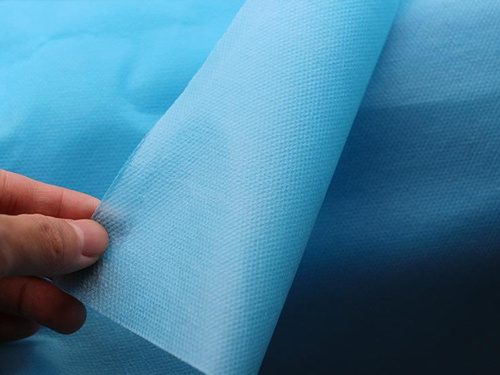Application and performance testing of non-woven industrial felt
Sep 28,2020
Uses and performance testing of industrial felt --------------------------------------- ------------------------------------- Felt has filtering, polishing, sealing, cushioning, insulation , Anti-vibration, oil absorption, oil protection, heat preservation, heat insulation, sound insulation, etc. Widely used in: machinery, military industry, metallurgy, mining, forestry, textile, leather, printing, electromechanical, communications, instrumentation, medical equipment, transportation, aviation, felt cloth ships, electronics, electrical appliances, pianos, musical instruments, mirrors and stainless steel Polishing and other flat polishing and other purposes. 1. Felt characteristics: Felt is made of natural wool, which is machine-processed and bonded (non-warp and weft) by using the wool's felting characteristics. The main features are as follows: Full of elasticity, it can be used as a material for shockproof, sealing, gasket and elastic wire card clothing bottom felt. Good bonding performance, not easy to loose, can be punched into various shapes of parts. It has good heat preservation performance and can be used as heat insulation material. Tight organization and small pores can be used as a good filter material. Felt cloth has good abrasion resistance and can be used as a polishing material. 2. Application: Industrial felt is widely used in metallurgy, mine power generation, machinery manufacturing, light industry and heavy industry. Civilian felts are widely used in industries such as padding, heat preservation and insulation. 3. Matters needing attention: 1. The density unit of felt is (g/cm3). If the density is too high, the elasticity will be lost, and if the density is too low, the abrasion resistance will be lost. The thickness and the thickness of the wool also have different effects on its performance. The user can select or inform the use according to the use requirements, so as not to affect the use. 2. At present, various kinds of felts are divided into special products and ordinary felts. The difference is divided according to the thickness of the hair, the size of the density and the difference in color; the technical requirements are divided according to the presence or absence of strength, elongation, capillary action, and the unit of use can be selected according to needs. When inspecting goods, it can be inspected according to this standard. According to national regulations, our products can be divided into the following series for users to choose: T. 4. Description of felt code: 1. The technical standard number of felt is composed of five digits. The digit indicates the color of the product; the second digit indicates the type of raw material; the third digit indicates the variety and specification; the fourth and fifth digits indicate the product density. "T" stands for special felt. For example: T112-41 means special white fine felt, density: 0.41 g/cm3 122-32, means white semi-coarse felt, density: 0.32 g/cm3 T112-32~44, means special Fine white felt, felt cloth density is 0.32g/cm3~0.44g/cm3 T112-418mm×1000mm×1000mm, which refers to white fine wool special product felt block, density is 0.41g/cm3, thickness is 8mm, The length and width are each 1000 mm. 2. When ordering, only the number, thickness and area are required. The felt wheel and felt parts can be numbered according to the standard when ordering, and the drawings and materials of the parts can be provided at the same time. Special types of felt products have special requirements for technical specifications, the two parties can negotiate and decide when ordering.
Next-
More news






